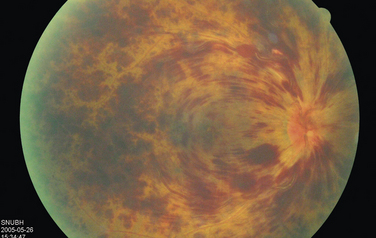Chapter 14 Epiduroscopic Adhesiolysis
With epiduroscopy, it is now possible to directly observe pathologic conditions such as epidural fibrosis, perineural scars, postoperative tissue changes, herniated nucleus pulposus, and hypertrophied ligamentum flavum. Several new procedures have also been made possible by epiduroscopy. Through manipulation of the equipment, the adhesion or fibrosis of the perineural area can be lysed. With insertion of an epidural catheter, chemical adhesiolysis can be performed. Also, drugs can be more effectively administered to a target nerve [1].
There are, however, a few limitations of epiduroscopic adhesiolysis. During epiduroscopy, the epidural space can be visualized only if it is kept distended by repeated injections of saline. More importantly, epiduroscopic procedures can elevate the intracranial pressure and intraorbital pressure. The procedural time requires 45 to 60 minutes for lumbar epidural space examination [2–5].
Preoperative preparation
Imaging Diagnosis
Magnetic resonance imaging or computed tomography of the lumbar and sacral spine should be considered to assess the contents of spinal canal and seek spinal stenosis [7].
Indications
Complications
The following complications may occur after epiduroscopic adhesiolysis:
 Retinal hemorrhage and temporal blindness (Fig. 14-2) can occur when the sudden increase in epidural pressure is transmitted to the subarachnoid space [11]. The optic nerve and its vasculatures may be compressed by the resulting higher cerebrospinal fluid pressure. The vasculature compression may rupture retinal blood vessels.
Retinal hemorrhage and temporal blindness (Fig. 14-2) can occur when the sudden increase in epidural pressure is transmitted to the subarachnoid space [11]. The optic nerve and its vasculatures may be compressed by the resulting higher cerebrospinal fluid pressure. The vasculature compression may rupture retinal blood vessels.






































